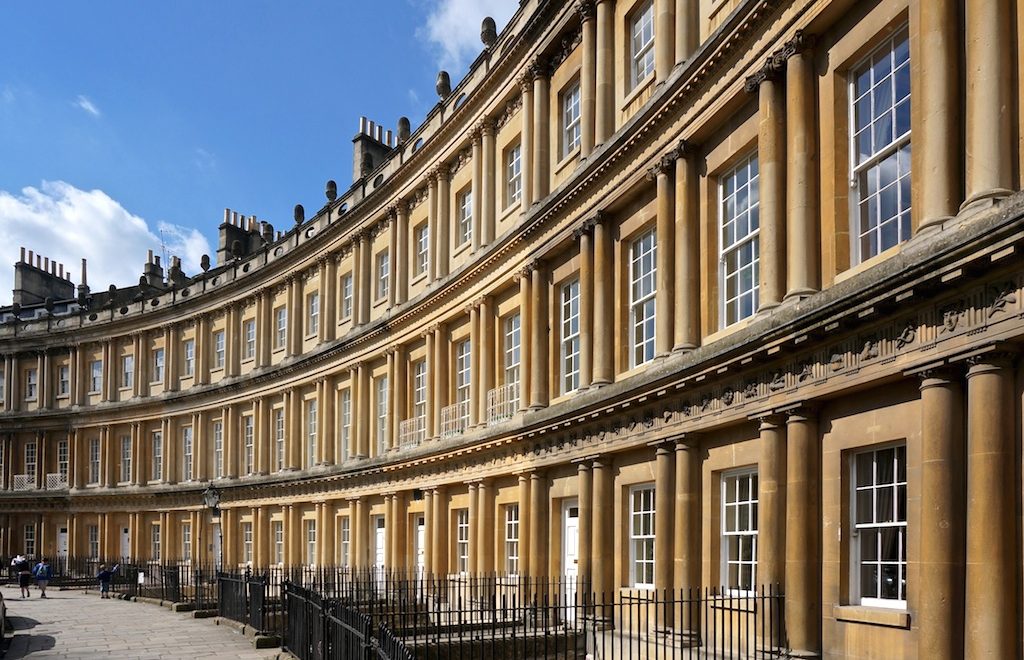Windows are the eyes of a building – they influence how it presents itself to both the onlooker and the occupier. Old windows are definitely to be valued for their craftsmanship and, in the case of historic glass, for the beauty of the light that they transmit. But, as we all know, they do present problems of maintenance, condensation and heat loss. It’s a source of great hilarity amongst my children that my dissertation was on old windows, but I’m genuinely interested in ways that they can be made more energy efficient without altering the aesthetics of a building.
Many older houses have an array of windows from different periods. Our house has no fewer than 7 different types of window ranging from Georgian sashes, to Edwardian leaded-lights, to metal Crittal, to double-glazed 1990s casements. As a result, it is rarely possible to deal with all windows in the same way and so this is the first of a couple of posts detailing what I have done to upgrade our windows and make them more energy efficient. Do remember that if your house is listed or within a conservation area then any changes you make which alter the fabric or look of your windows will have to be approved by a conservation officer.
The first thing to do is consider your windows in the context of each room. If your windows back onto a noisy road then you’ll be more interested in adaptations that focus on noise cancellation rather than on ease of opening. Similarly, if your windows are in a sparingly used guest room it’s better to use low-cost energy efficiency measures rather than investing in new slimline double glazing. Once you’ve isolated the problem that you need to solve, then consider the options:
- Non-invasive measures such as installing shutters, heavy curtains or thermal blinds. These can be very effective at reducing heat loss from windows at night but don’t solve the problems of condensation or daytime heat loss.
- Specialist draught-proofing. This solves the problem of draughts but doesn’t prevent heat loss by conductivity through the glass or condensation issues.
- Secondary glazing. This is very good for reducing noise, draughts and heat loss via the glass but is most suited to windows that are infrequently opened.
- Slim double glazing. This is not appropriate for all windows and is positively shunned by some conservation officers but I’ve used it on some of our windows and it’s made a big difference to the temperature and dampness of the room.
Over the next couple of weeks, I’ll be writing posts on some of these options.
There’s also an excellent chapter on upgrading windows in Old House Eco Handbook by Marianne Suhr and Roger Hunt. This is a wonderfully informative, practical book on how to ‘green’ old houses.


Leave A Comment